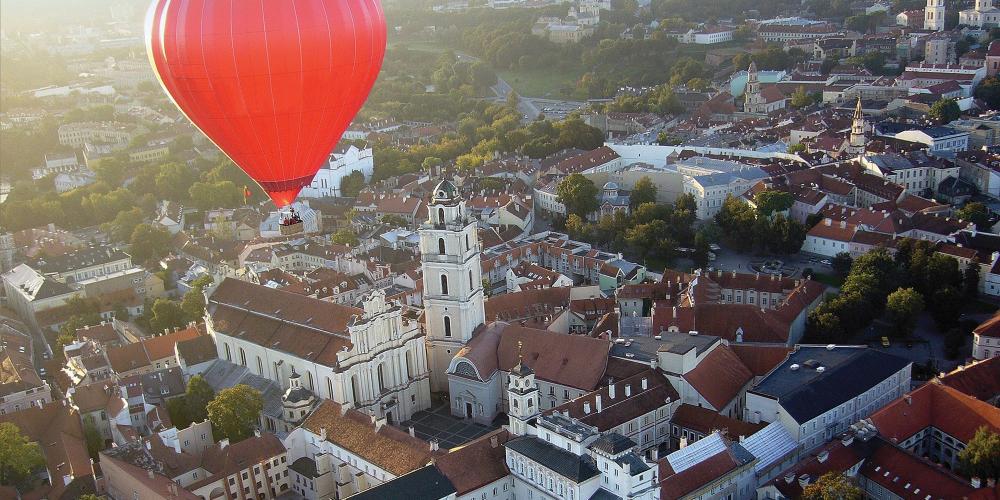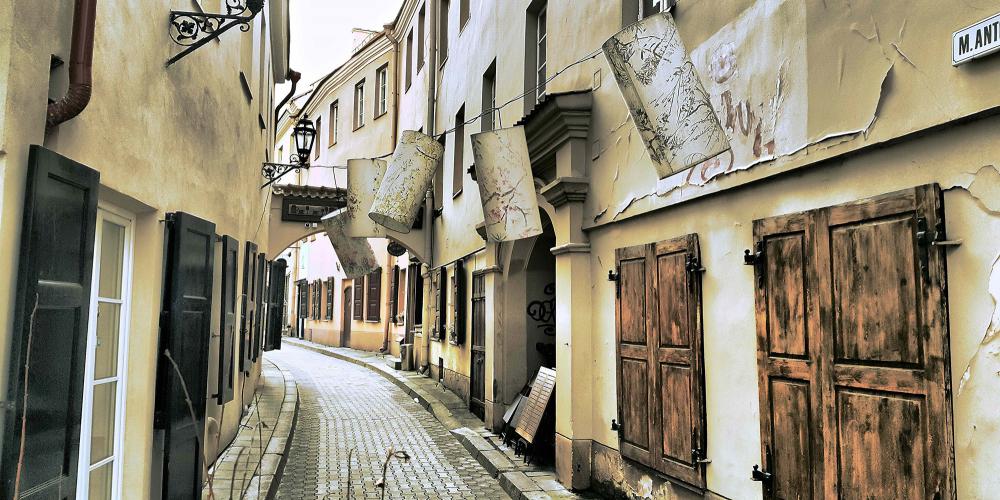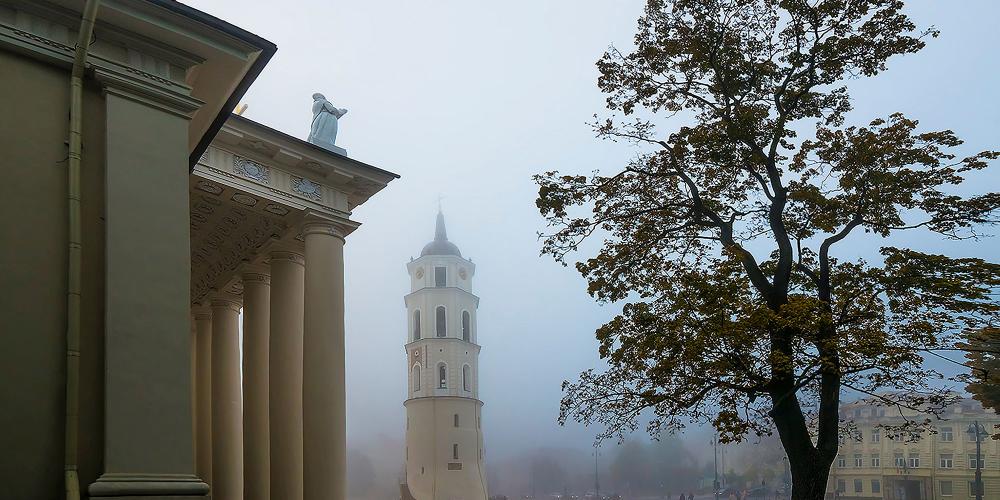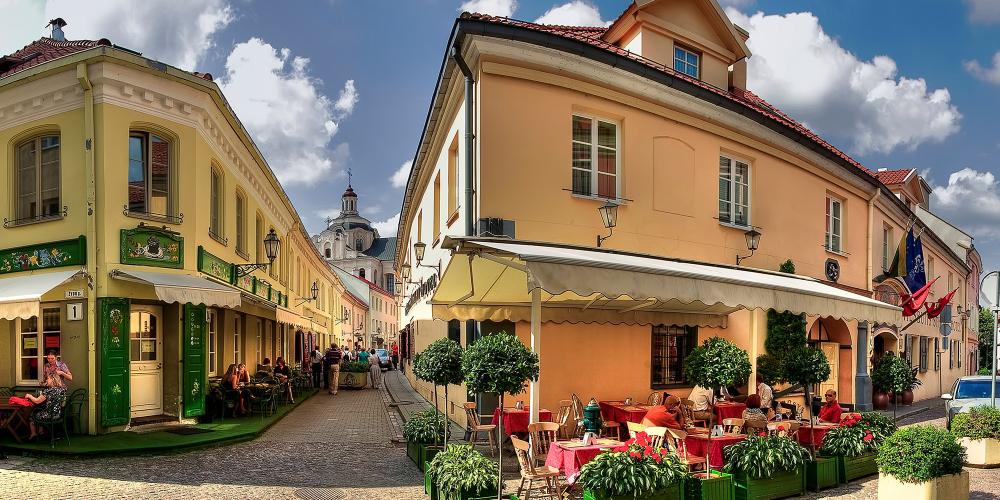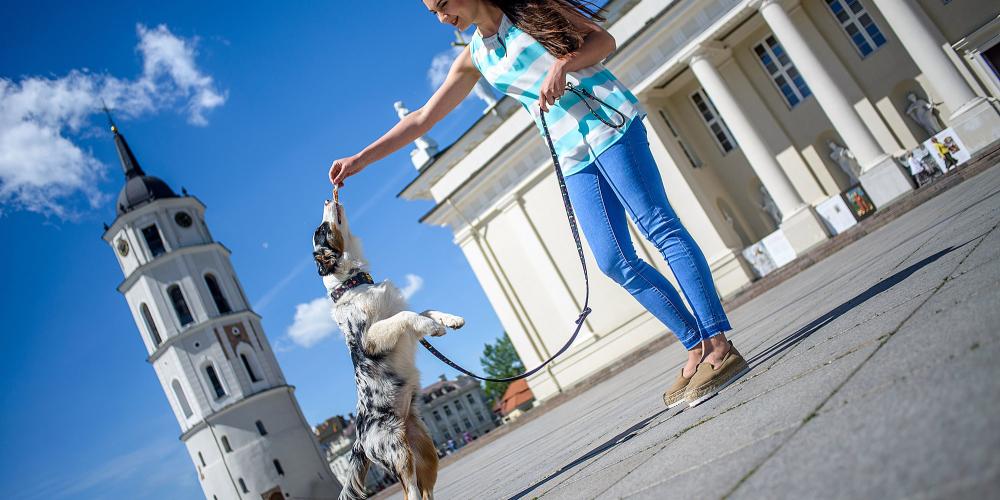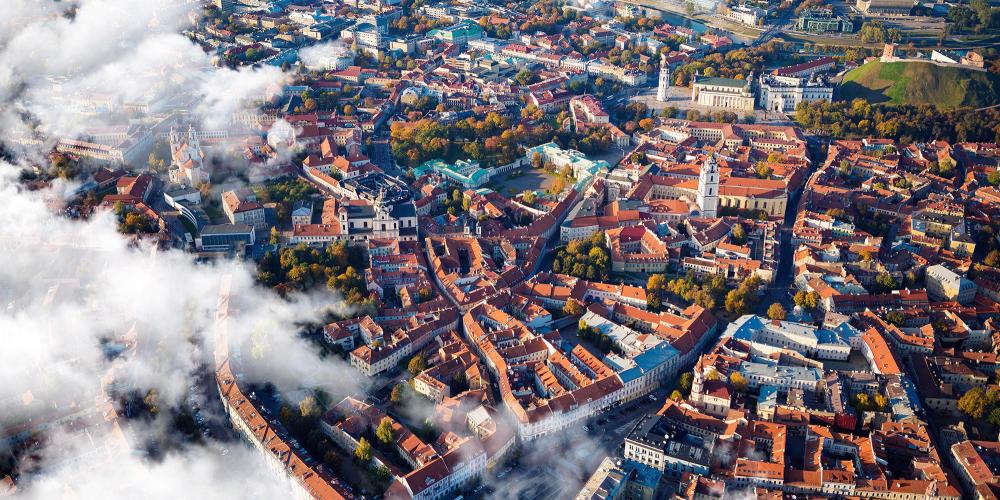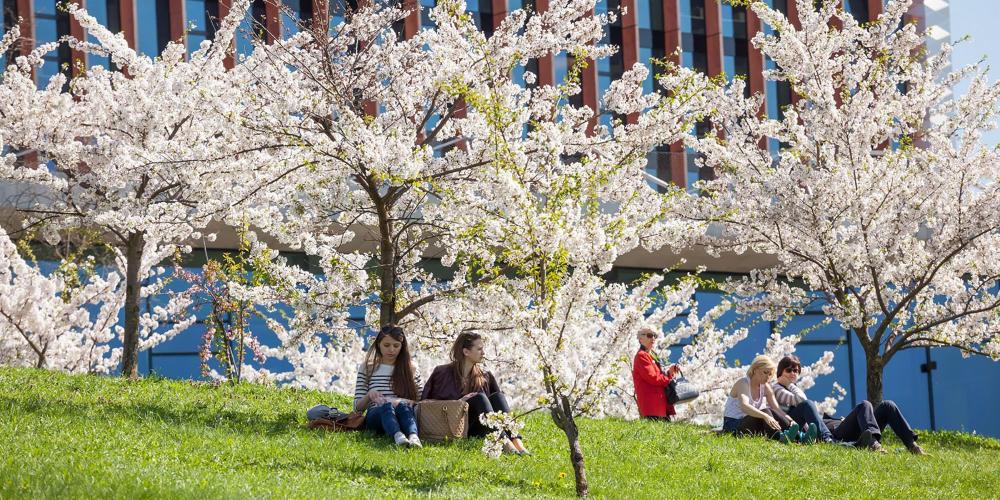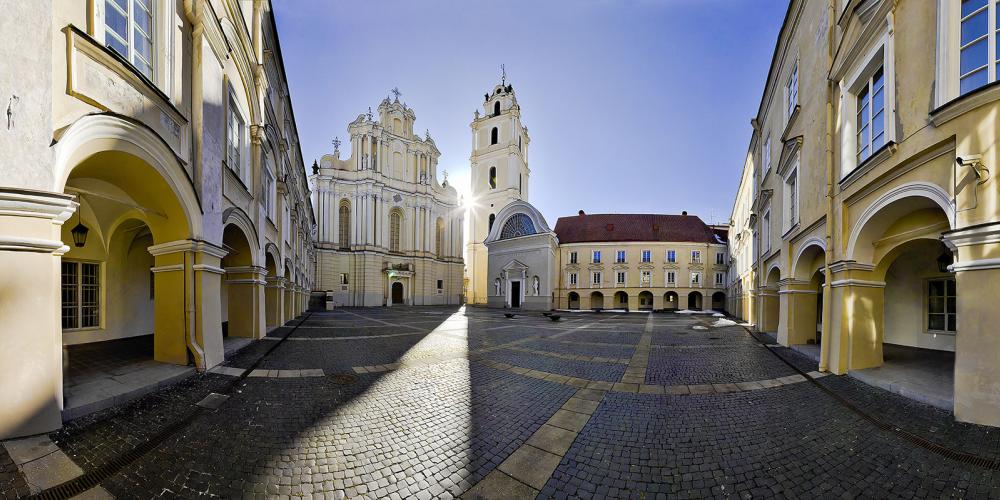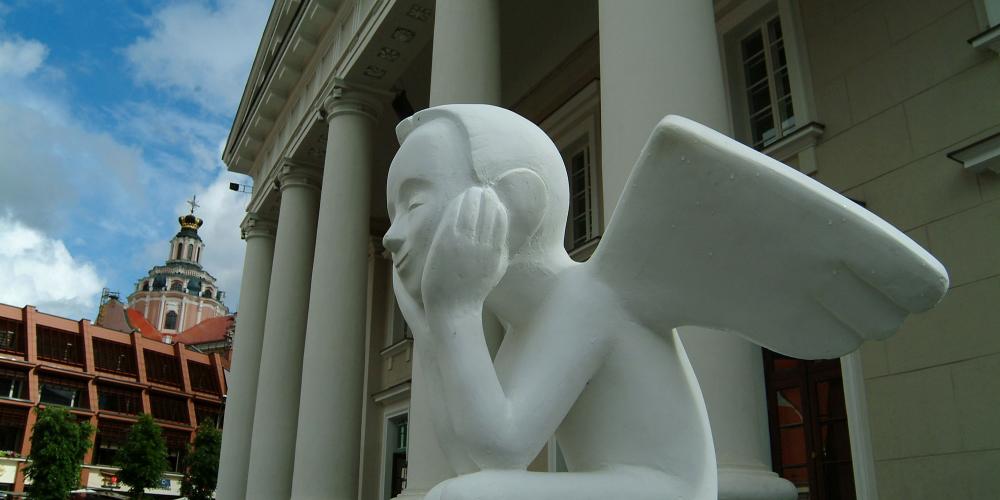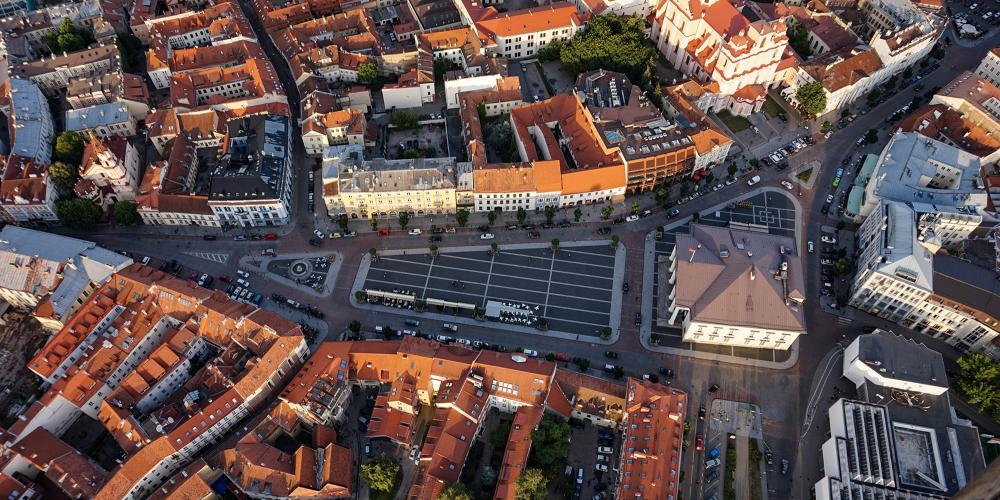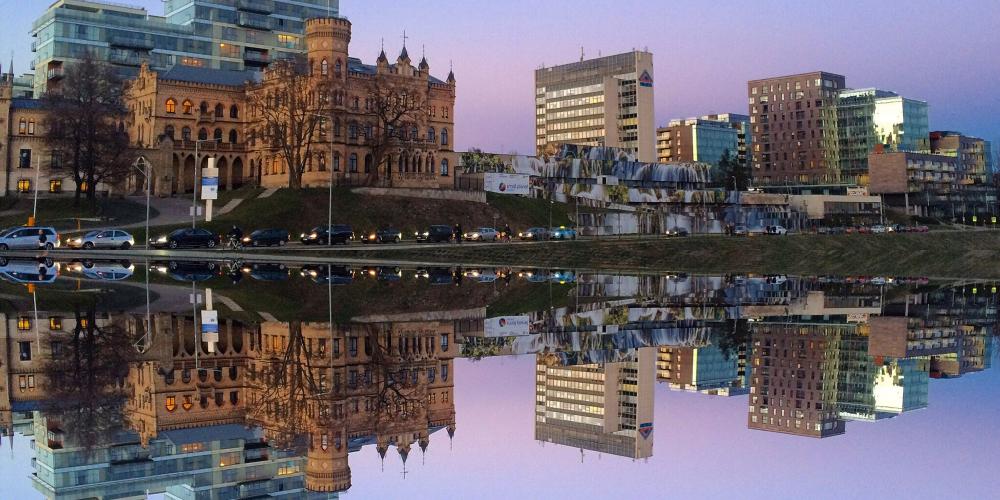Vilnius Historic Centre, Lithuania

At the height of its power in the 15th century, the Grand Duchy of Lithuania was the largest country in Europe. Appropriately, its capital of Vilnius became a city of grandeur and harmony. The architecture of the historic centre left the deepest and most impressive mark as the city flourished during the peaceful period of the late 17th and 18th centuries.
Vilnius is an excellent example of a European city that grew with influences from multiple cultures, religions, and languages—and has been well preserved. In turn, it also influenced the cultural and architectural development of much of Eastern Europe.
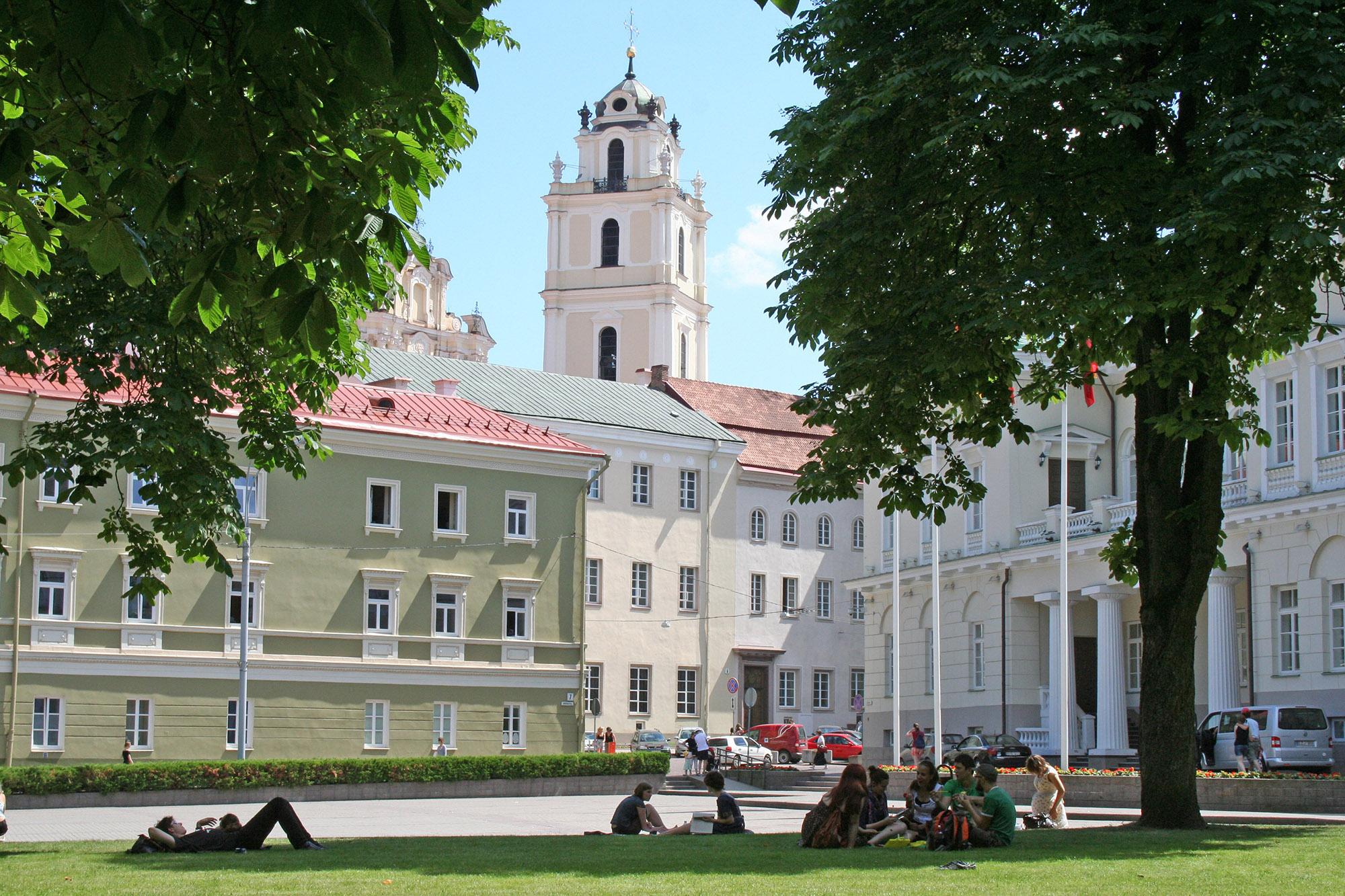
For visitors and locals alike, one of the most important vehicles for discovery here—and throughout the Polish-Lithuanian Commonwealth—is the royal love story between the King of Poland and Grand Duke of Lithuania, Žygimantas Augustas, and Barbora.
Žygimantas Augustas fell deeply in love with Barbora Radvilaitė against the approval of his parents, the parliament, and the Royal Court, which resided both in Krakow and Vilnius. Legend has it that Žygimantas Augustas built a secret tunnel under the city from his palace to her home so he could see her in secret. In 1547 they wed, but Barbora was only officially crowned as Queen of Poland in Wawel Cathedral in 1550. Her reign only lasted five months, and she died amid speculation that she was poisoned. According to her request, her body was transported back to Vilnius, and it is said that the King was so grief stricken that he followed on foot for a good portion of the journey.
Barbora is still considered a symbol of female beauty in Lithuania and the love story has inspired many paintings, literary works, and films. But this story of romance is more than just history. The legend lights a fire for visitors to fall in love with this fascinating city on their own.
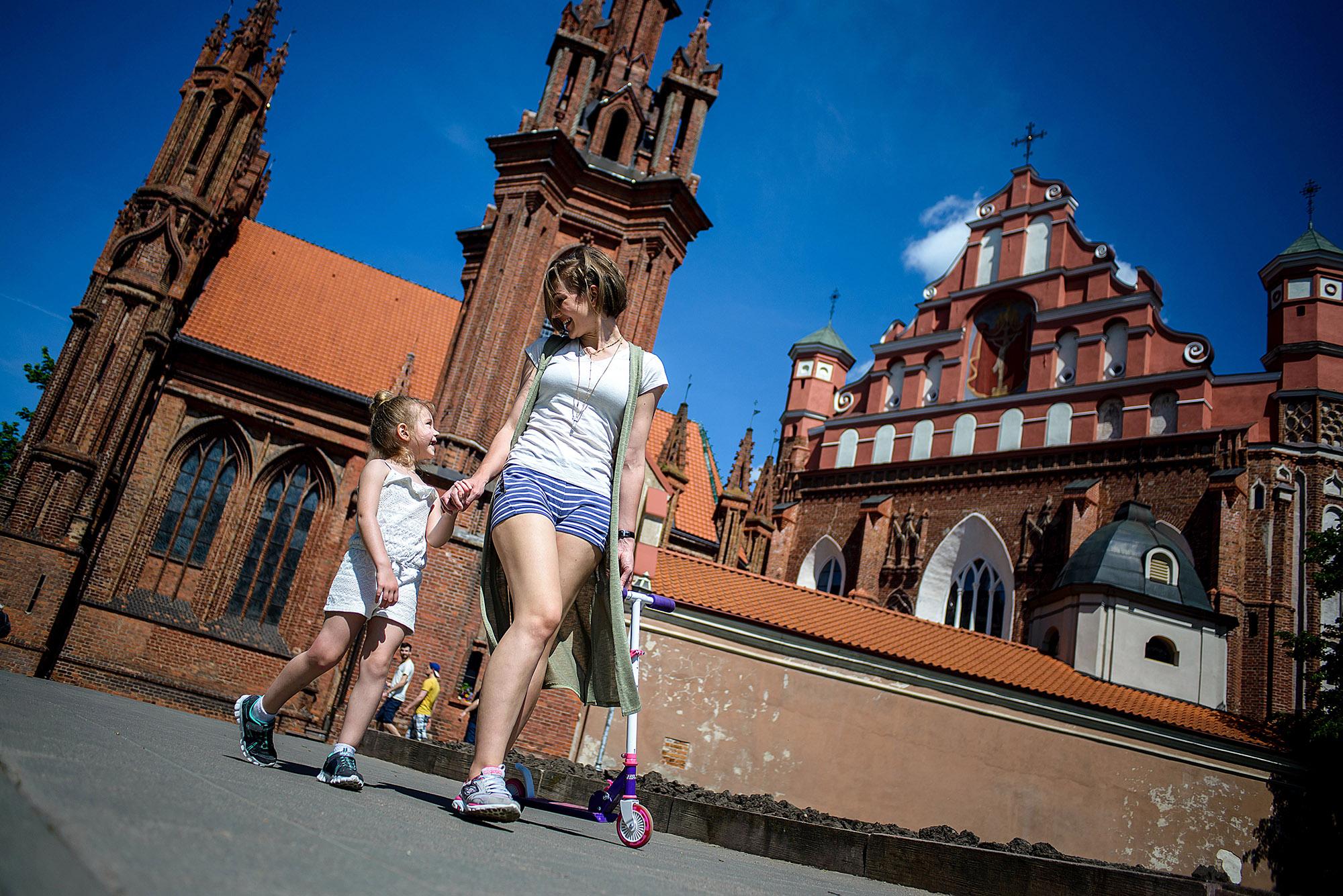
The Old Town of Vilnius follows the medieval layout and it’s easy to walk the streets and see the stunning collection of Gothic, Renaissance, Baroque and Classical buildings. Up on a grassy hill near the river, visit Gediminas tower- a reminder of the first castle built here in the 15th century. On the ground below are royal palace buildings and the cathedral where Lithuania's beloved Grand Duchess Barbara Radziwill was buried. If you are looking to visit Vilnius' more alternative side, you can take a tour through the self-proclaimed 'Republic' of Užupis - the city's Bohemian and artistic district. In the warmer months, festivals, music, art and theatre fill the streets, theatres and galleries of Vilnius.
Europe's Centrepiece
Vilnius stands at the very heart of the continent—26 kilometres from its geographical centre. With a population of just over half a million, it is cosy, friendly, and built on a human scale. Its Old Town is one of the best preserved in Northern Europe and was inscribed onto the World Heritage List in 1994 as an exceptional illustration of a medieval Central European town which evolved over a period of five centuries. This centrality, and subsequent preservation, resulted in the area having a great influence on the architectural and cultural development over several centuries in a vast area of Central and Eastern Europe.
Vilnius is a trophy metropolis left from a lost empire, the Grand Duchy of Lithuania, the main competitor to Moscow in the 14th and 15th centuries in Eastern Europe. This is also the capital of the last pantheistic state in Europe, and, therefore the last one that adopted Christianity. Later Vilnius became the only city that bordered and integrated the two European civilisation traditions: Greek, or Byzantine, and Latin.
An Air of Confidence
The city boasts a confident air thanks to its proud history and thriving economic and cultural life. The earliest known use of the name Lithuania was in a Latin text dating from 1009 and Lithuania was established as a state in 1253. Vilnius, as the capital, began to flourish in 1323, when the Grand Duke Gediminas wrote letters to foreign craftsmen and merchants inviting them to settle here. The town offered free trade, tax incentives, and a peaceful life regardless ethnicity or religious background. By the late 14th century Lithuania’s borders extended from the Baltic to the Black Sea and Vilnius was a thriving city famed for its architecture, trade, academic excellence and multi-culturalism.
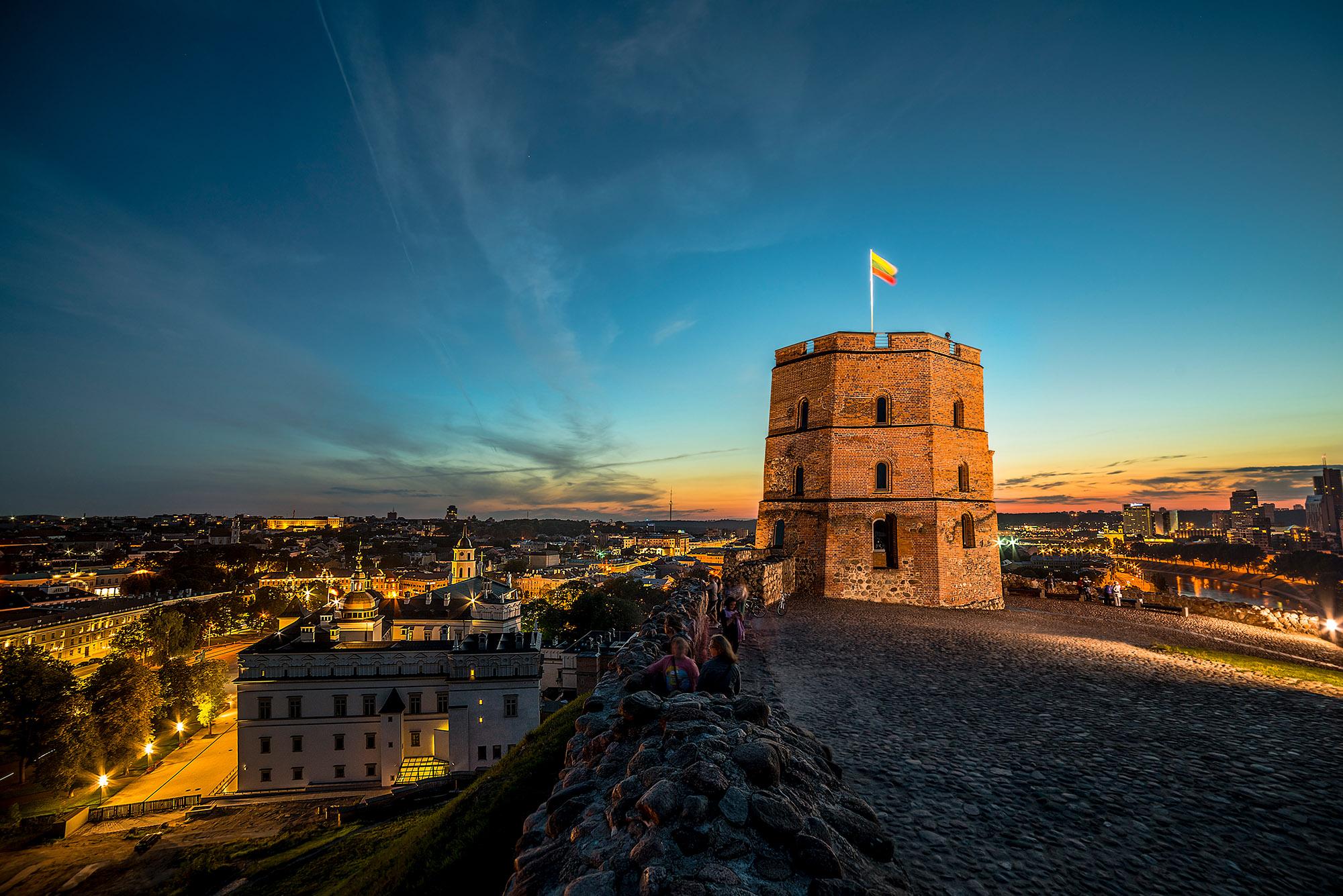
The capital continued to develop and prosper throughout the 15th and 16th centuries, when it attracted great architects, artists and thinkers from near and far. The city became a Renaissance capital of European stature, competing with Florence or Milan. By the 16th century, Italian and English actors were coming to Vilnius on tours. But, it was King Vladislav Vasa who set up a permanent court theatre with opera, ballet, and comedy companies, and invited guest artists from Venice, Rome, and Paris. In 1636, the first Italian opera, The Abduction of Helen, was performed here.
Symbolically, the postal route Vilnius-Krakow-Vienna-Venice opened in 1562 and solidified the firm link between Lithuania and Western Europe. And from the perspective of higher education, Vilnius University is one of the oldest in Eastern Europe, and the easternmost institution in the network of Western universities.
An Architect's Dream
Vilnius is most often described as a Baroque city, but it boasts an abundance of every kind of architectural style. And though the highlights are many, it is important to experience each in relation to and in proximity of the others. The city is famed for its splendid, multi-denominational churches, for example, which also speaks to a rich and diverse history. The skyline of the Old Town is tightly packed with gleaming crosses, spires and domes, all of which lend a reassuring air of calm and continuity.
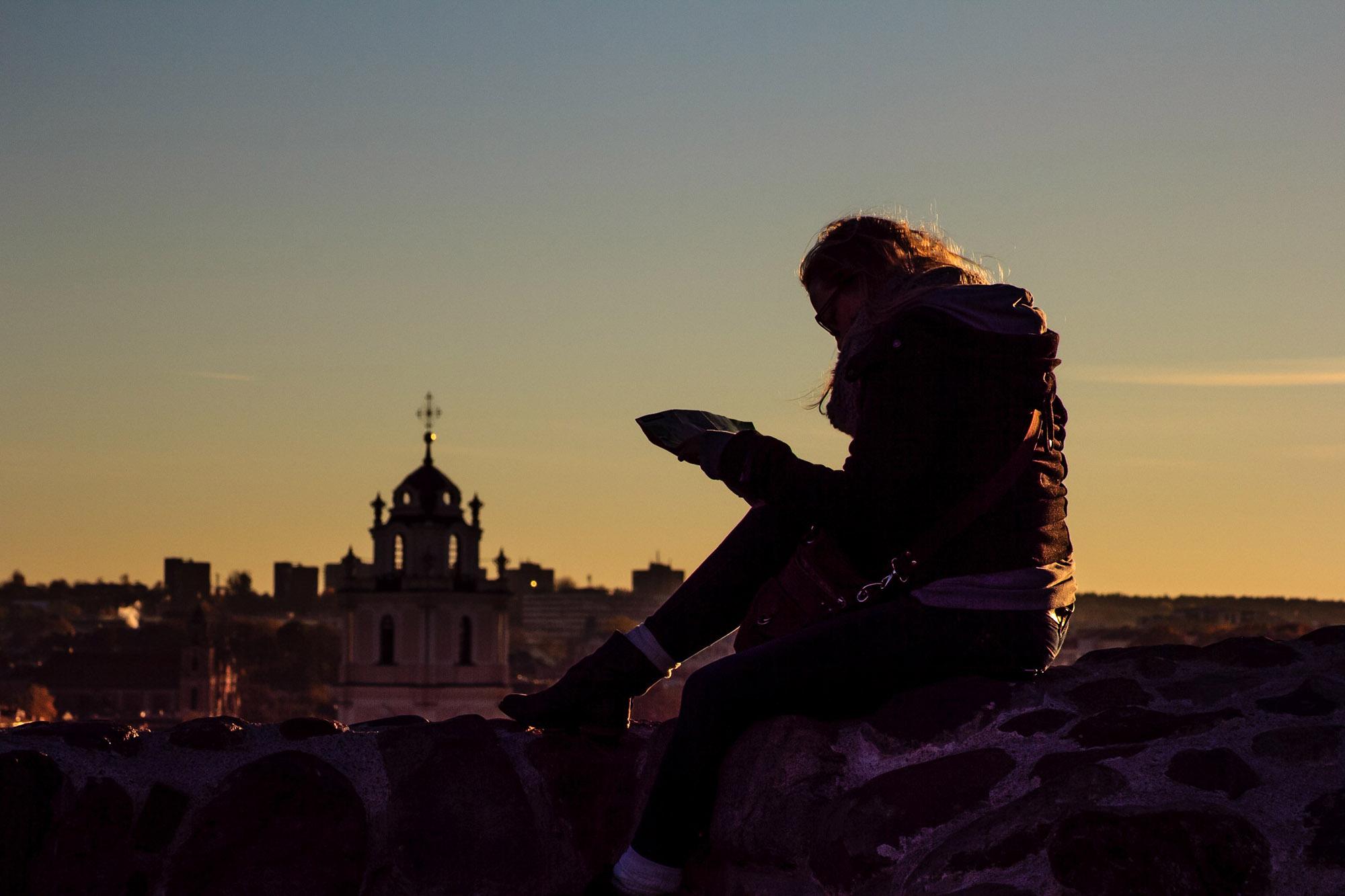
The capital has many other faces as well. Its labyrinthine Old Town, its sleek business district, its elegant centre, its many open squares and parks, its historic suburbs all blend together into a seamless whole. The city’s charm is in its harmonious sense of unity. And what visitors will discover, almost immediately, is that Vilnius is an extremely open, public and fun-loving place. It is impossible to visit Vilnius without feeling its unique spirit, beauty, mystery, and magic.
How to Get There
Lithuania's capital and largest city is located in the southeast part of the country. It is accessible by car, bus, train, or plane. The city‘s bus and train stations are central and located minutes from the Old Town.
The Vilnius International Airport is 7 kilometres south of the city centre—accessible by public transport and taxi, and 5 kilometres from the bus and train terminals.
When to Visit
Vilnius is beautiful all year. The brightest colours of the parks, squares, and streets are during spring and summer, when festivals—music, art, and theatre—fill the streets, venues, and galleries.
Most of the museums are closed on Mondays, at which time visitors should join a city tours or rent a bicycle to travel through Old Town's cosy streets.
How to Visit
Guided bus, walking, and boat tours allow guests to discover the Vilnius Old Town and centre in the most immediate and hands-on way. Renting bicycles, audio guides, or Segways are often good choices for those who want to investigate the town without a group.
